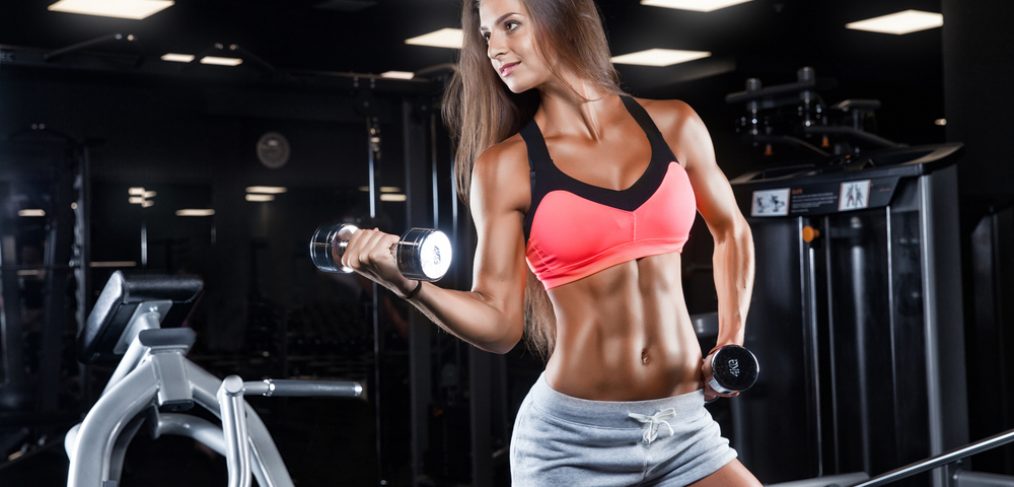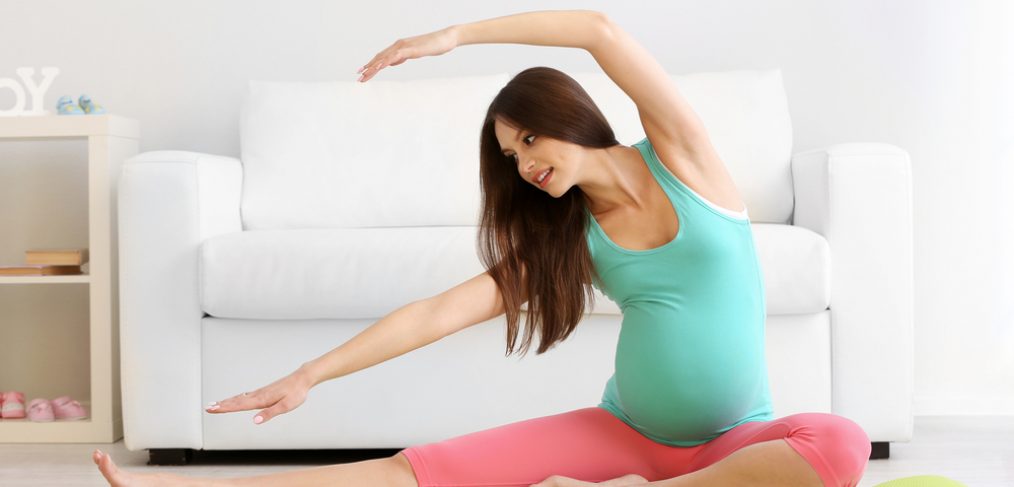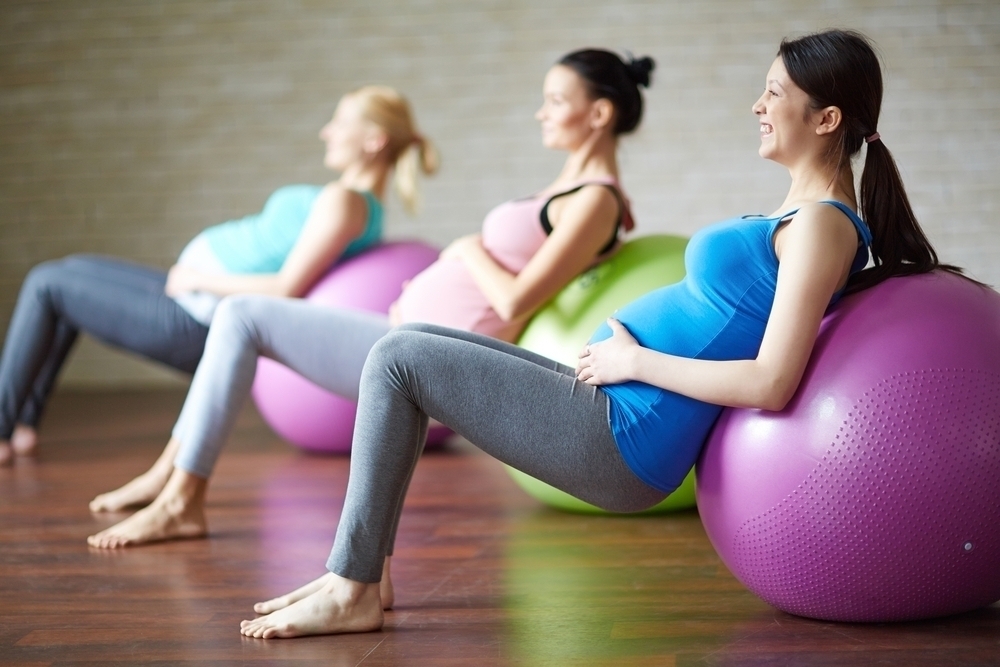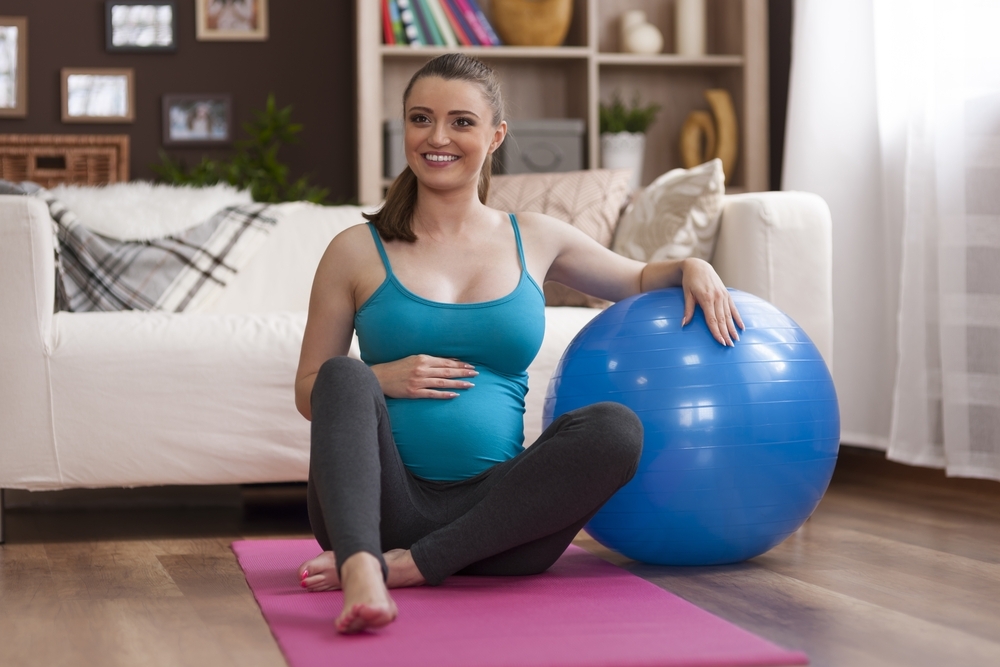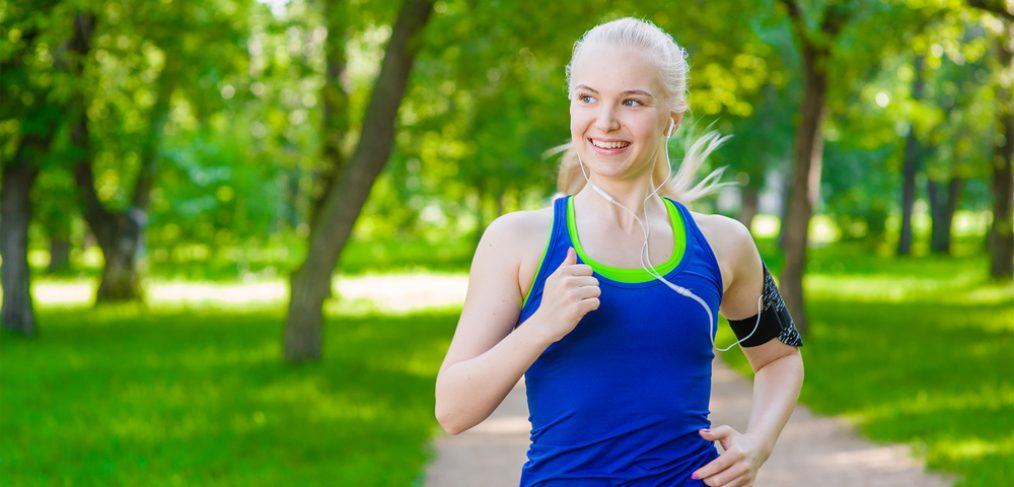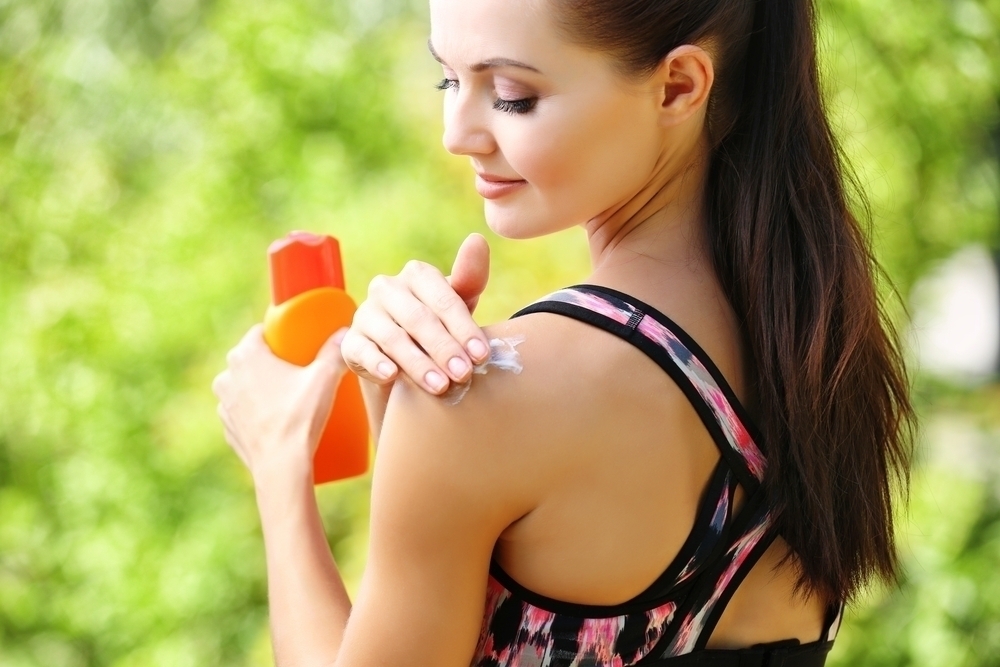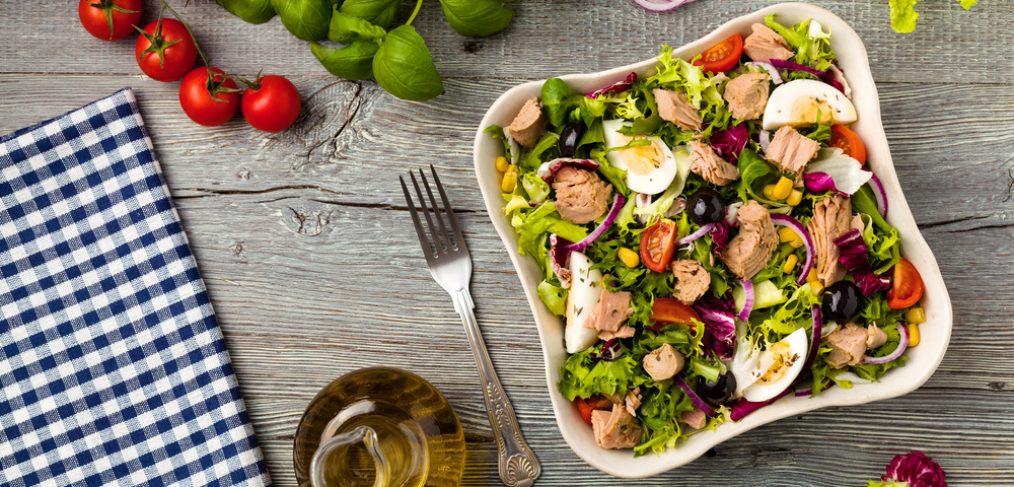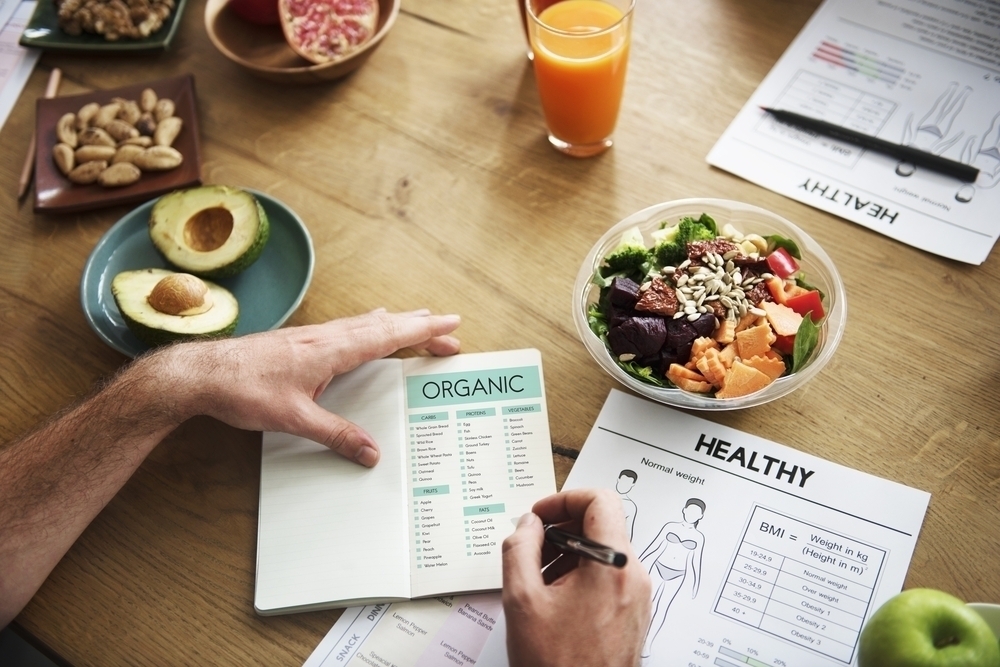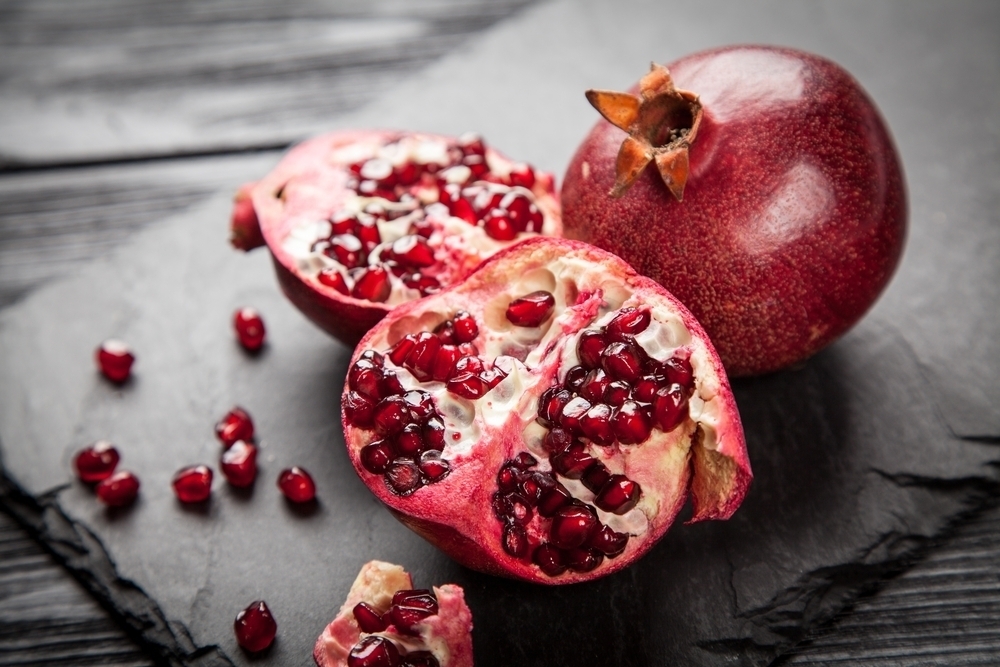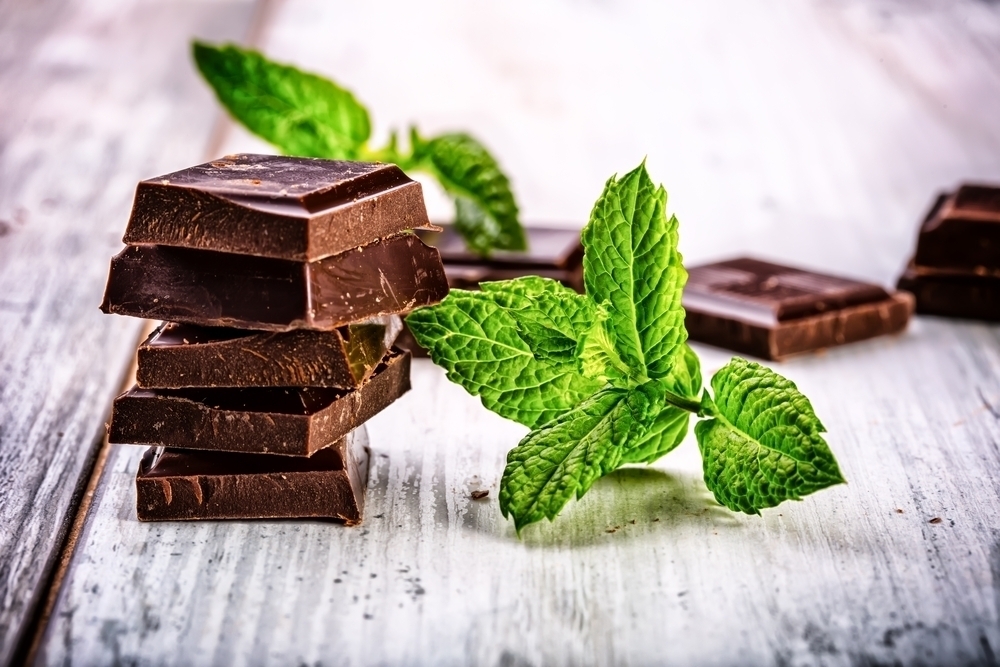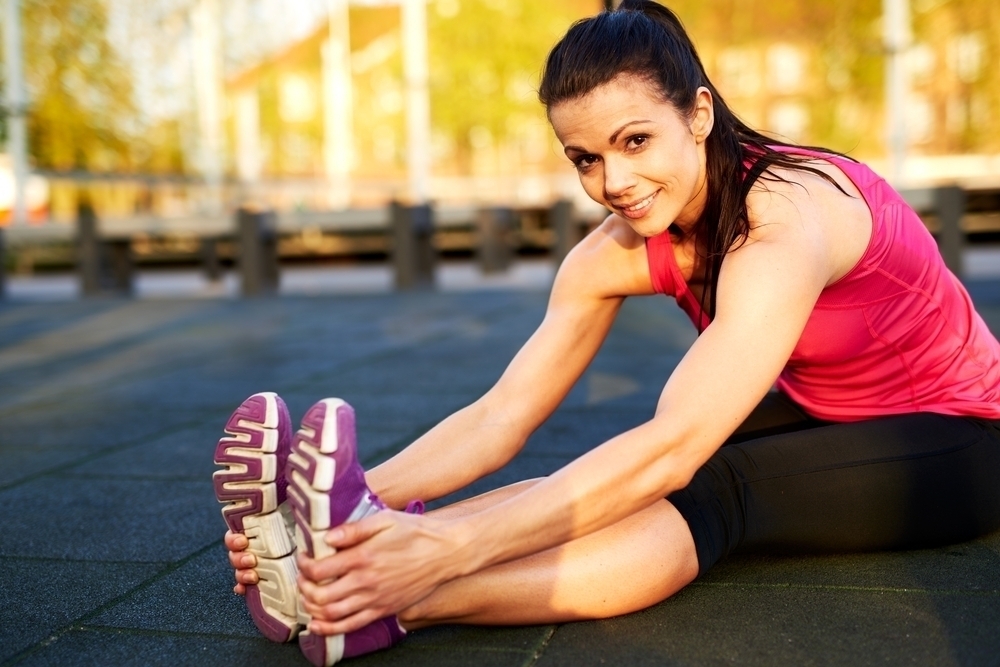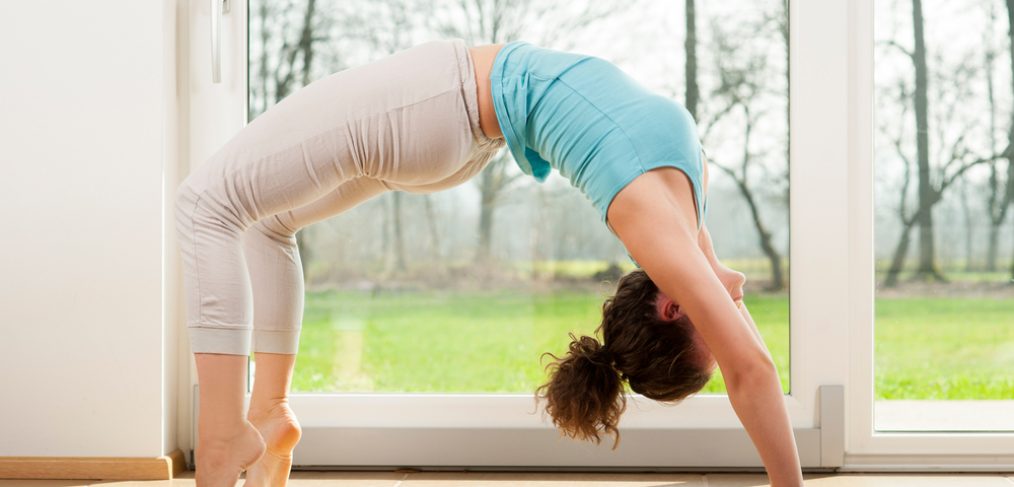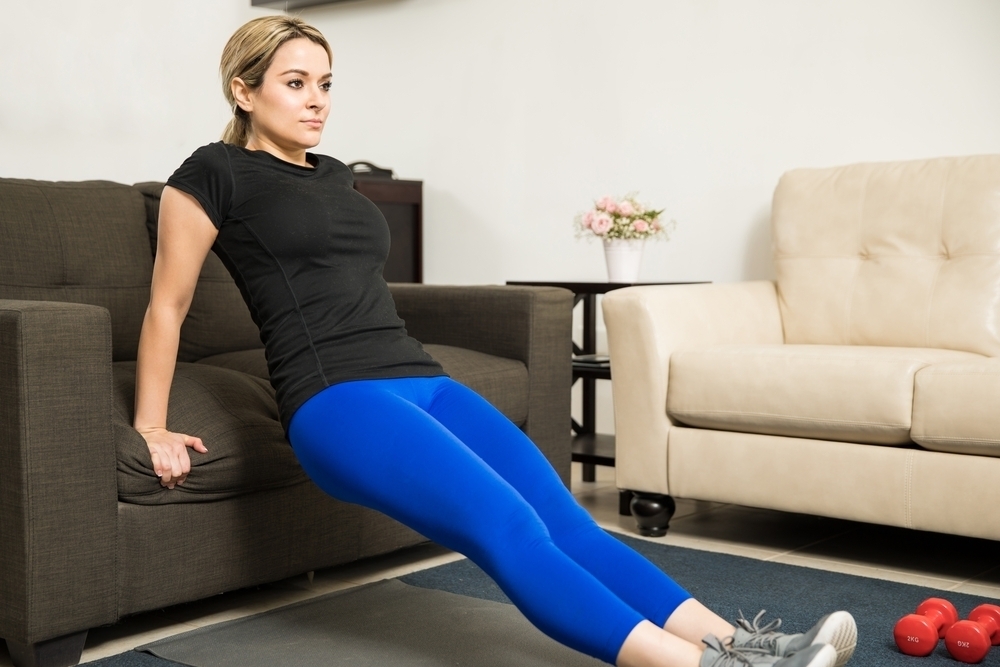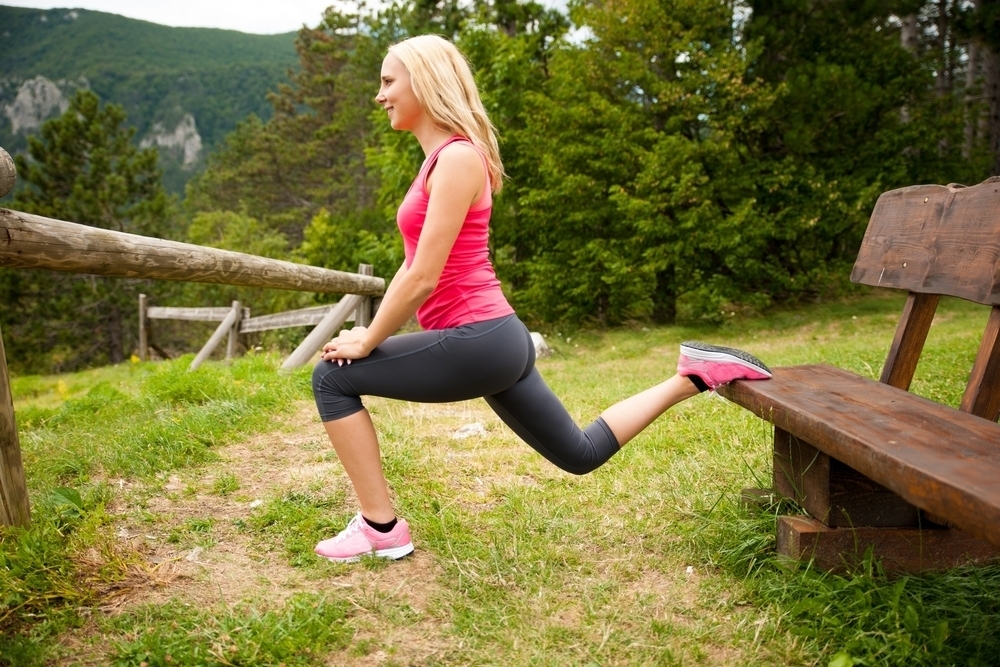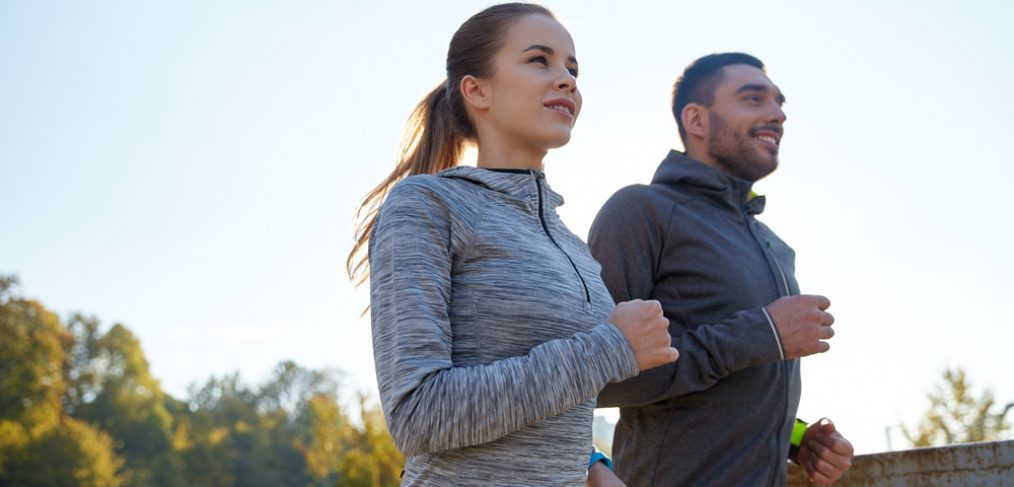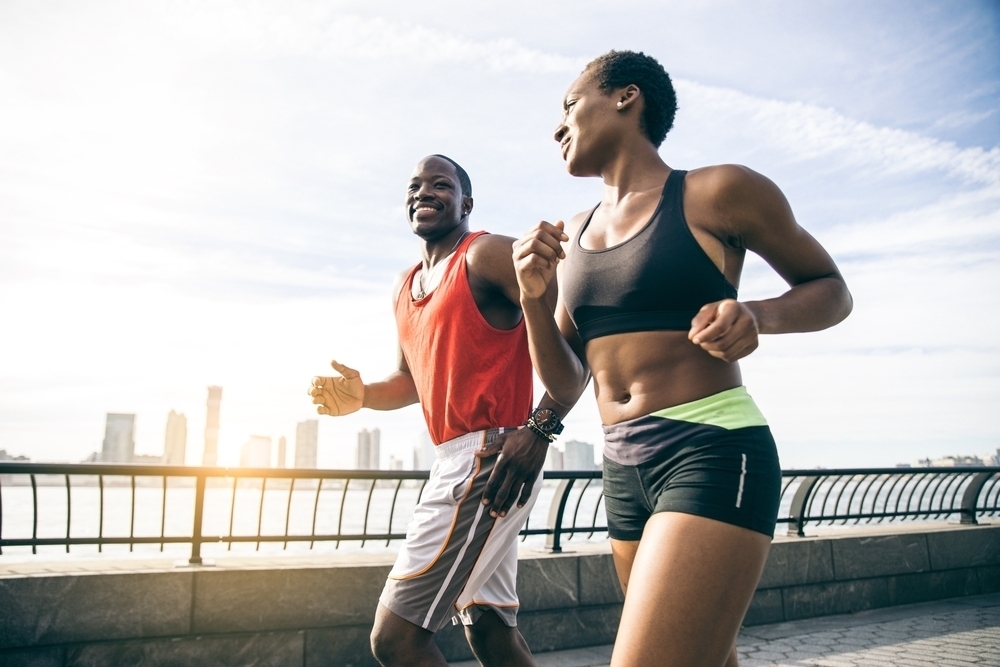Looking for a long term love connection is serious business. After all, this is the person you’re thinking of spending the rest of your life with, waking up next to every day, allowing to see you without your makeup. These things can’t be taken lightly; you need to find someone for the long haul. The same can be said of your exercise routine. When it comes to your workout, you need to find something you can see yourself doing on a regular basis; something built around you. The last thing you need is another short-lived fling. Here are some ways to help you pick the right one when it comes to the long haul.
Determine Your Goals
Give yourself a routine that will get you where you want to go. You don’t need to run several miles a day if you’re not planning to run a marathon. Think in terms of what it will take to get you to where you will be healthy and comfortable.
Train Your Whole Person
People tend to get so focused on muscle development that they forget about coordination, breathing, and circulation, even though these are really more important for long term health. Make sure you keep your perspective on achieving larger goals as well as immediate ones.
Separating Weight Loss From Fitness
If you try to equate burning calories directly with weight loss, you may end up very frustrated. According to science, you need to burn off 3,500 calories to lose one pound. Good luck jogging for six hours. Unrealistic goals of burning off a certain number of calories may motivate you to take on routines that are too demanding and may not even accomplish your weight loss goals. A pure recipe for disaster when it comes to formulating a comfortable routine.

Fit Your Schedule
Remember, exercise is supposed to reduce stress, not create it. If getting to the gym is a problem, exercise at home. if you don’t have two hours to devote toward exercise, a focused twenty-minute workout in the living room is better than an interminable hour or more at the gym. Exercise too boring? Find a buddy to workout with. It may provide the fun and motivation your need to keep at it.
Look for Something With More Than One Training Benefit
Western thinking is often categorical. It ends to separate workouts into categories. Some are done for strength, others for meditation, others for cardio. Eastern disciplines, such as yoga, are more focused on whole person development. You may find that a workout that engages your whole person, mind, body and nervous system, may be more rewarding and stimulating.
Do Something That Fits Into Your Life
There is no reason for extreme exercise unless you’re lifestyle demands it. You don’t need a heavy weight lifting program or intense cardio if you’re not planning to fight in the UFC. Remember, your main goal should always be to live a happy and healthy life.
Have you found the right one? Let us know your exercise love story. We love happy endings.



